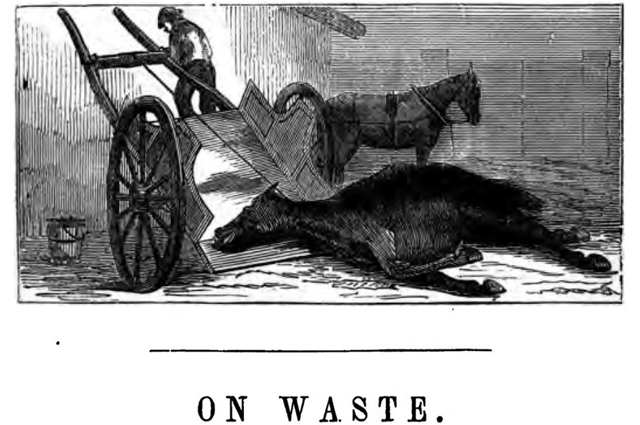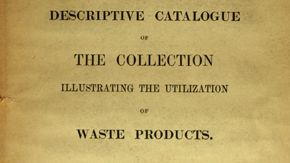
Highlights in this issue

Promoting corporate environmental sustainability in the Victorian era: The Bethnal Green Museum permanent waste exhibit (1875-1928)
Due to a widespread belief in the environmental carelessness of early industrialists, historical scholarship on business-environment interactions has side-stepped the study of corporate innovations that had both economic and environmental benefits.

‘Nothing of intrinsic value’: The scientific collections at the Bethnal Green Museum
Until the 1920s, the Bethnal Green Branch of the South Kensington Museum contained scientific collections as well as the better-known displays of objects of art and design. This article considers these collections, particularly the ‘Collection illustrating the utilization of waste products’, in the context of the Museum’s early history.

Shedding light on the digital dark age
Digital technology appears to offer the potential of perfect and infinite memory and, as such, provide a great service to the museum, one of the common custodians of national memory. Yet paradoxically, this capacity is threatened by what some have called the prospect of a ‘digital dark age’, an uncertain era in which many contemporary digital artefacts have been rendered inaccessible by the swift obsolescence of the software. For museums hoping to preserve digital relics, such a ‘digital dark age’ presents major challenges.

John Thomas and his ‘wonderful facility of invention’: Revisiting a neglected sculptor
One of the myriad pleasures of working in a museum such as the V&A is the way in which appreciation of an object, such as the sculpture Rachel, the daughter of Laban, by John Thomas (1813-1862), can be renewed by something as simple as a modest change in presentation. This brief article aims to investigate how the apposite object label, intelligent lighting, and the correct plinth, can help us to rethink the past.
Issue No. 3 Spring 2011
- Editorial
- Promoting corporate environmental sustainability in the Victorian era: The Bethnal Green Museum permanent waste exhibit (1875-1928)
- ‘Nothing of intrinsic value’: The scientific collections at the Bethnal Green Museum
- Shedding light on the digital dark age
- John Thomas and his ‘wonderful facility of invention’: Revisiting a neglected sculptor
- Dialogues between past and present: Historic garments as source material for contemporary fashion design
- Kütahya ceramics and international Armenian trade networks
- X-radiography as a tool to examine the making and remaking of historic quilts
- A patchwork panel ‘shown at the Great Exhibition’
- An adorned print: Print culture, female leisure and the dissemination of fashion in France and England, around 1660-1779
- Seating and sitting in the V&A: An observational study
- Review: The Actor in Costume by Aoife Monks
- Review: Not quite Vegemite: An architectural resistance to the icon
- How to submit a proposal to the V&A Online Journal